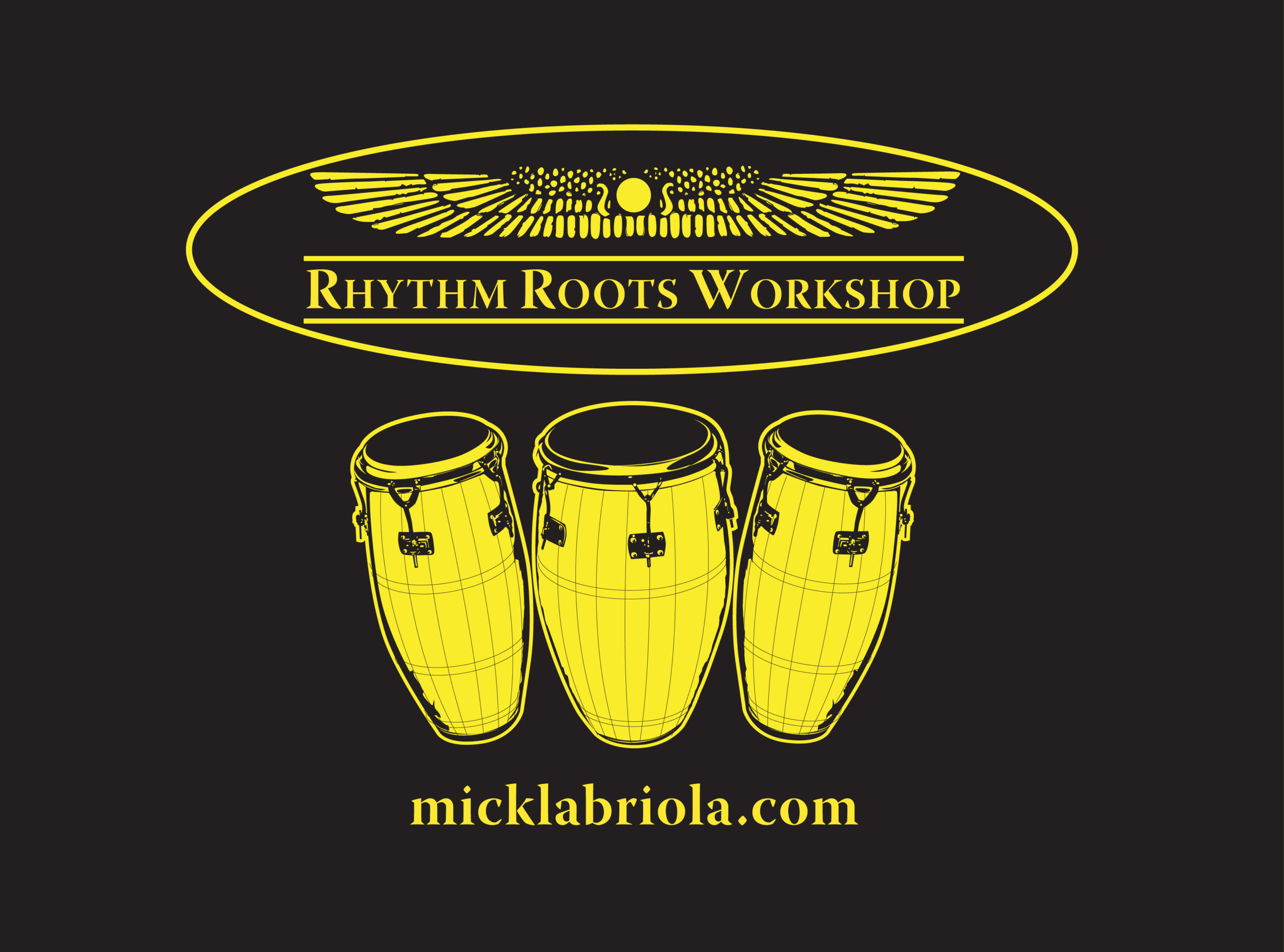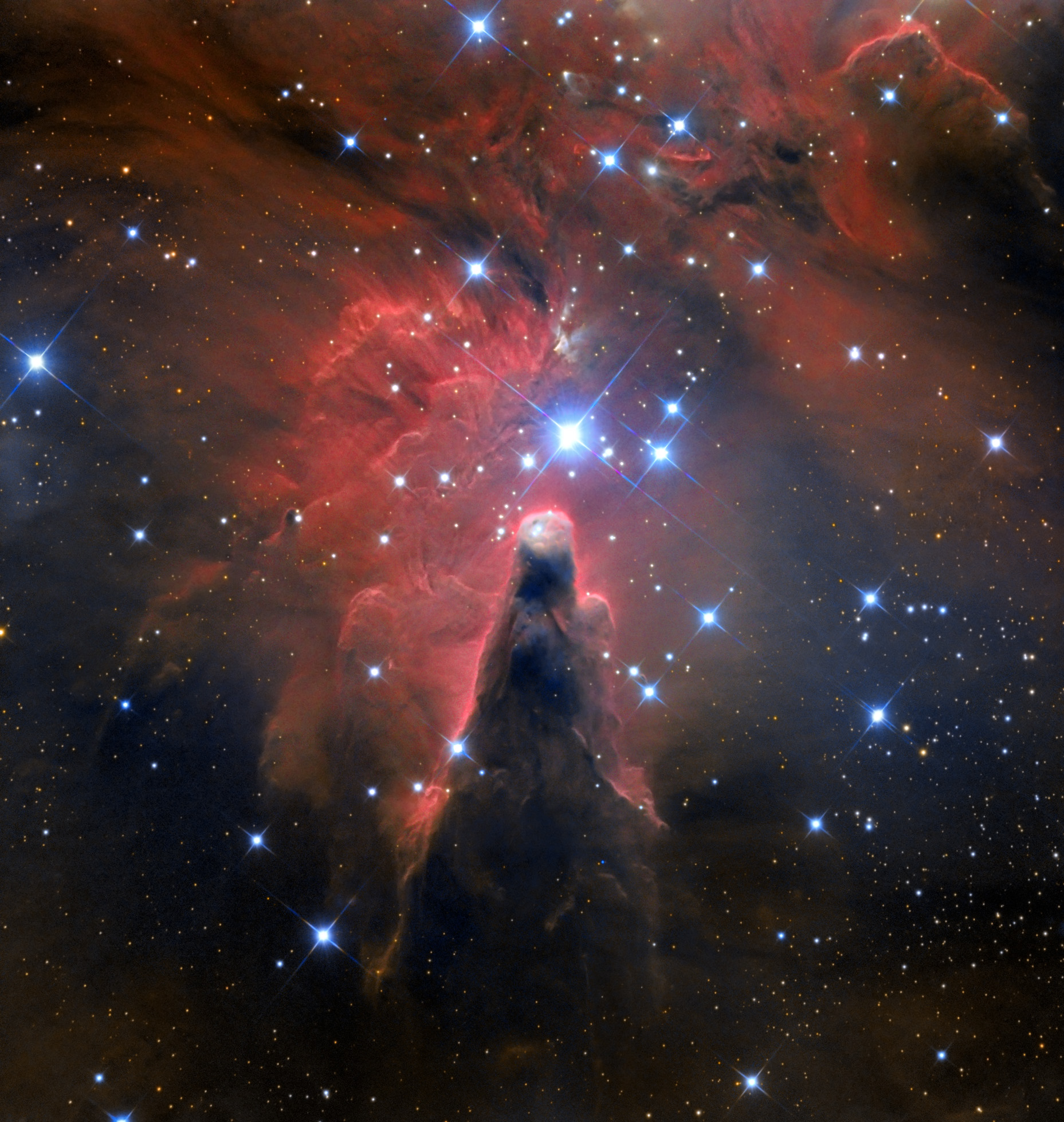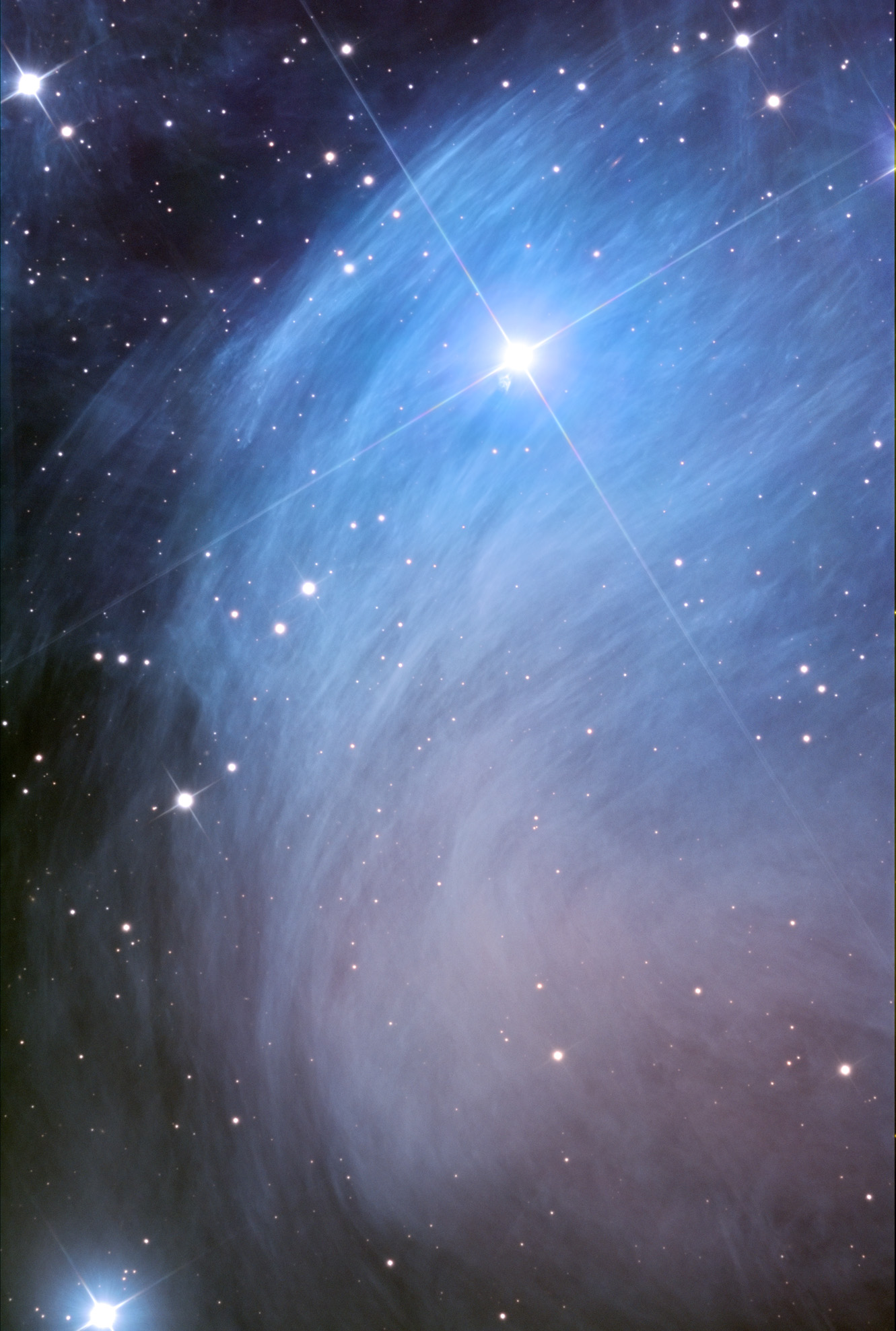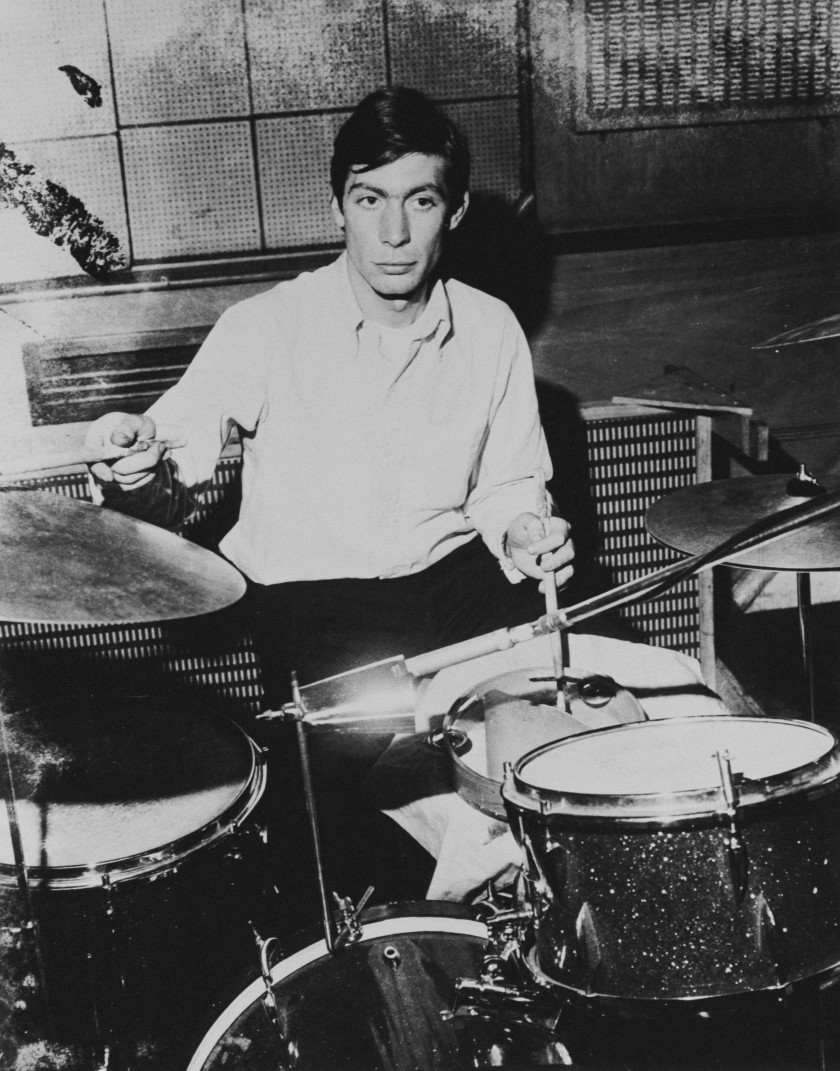Blog
Branford Marsalis (born August 26, 1960) is an American saxophonist, composer, and bandleader. While primarily known for his work in jazz as the leader of the Branford Marsalis Quartet, he also performs frequently as a soloist with classical ensembles and has led the group Buckshot LeFonque. From 1992 to 1995 he led the Tonight Show Band.
Marsalis was born on August 26, 1960, in Breaux Bridge, Louisiana, and raised in New Orleans. He is the son of Dolores (née Ferdinand), a jazz singer and substitute teacher, and Ellis Louis Marsalis, Jr., a pianist and music professor. His brothers Jason Marsalis, Wynton Marsalis, and Delfeayo Marsalis are also jazz musicians.
more...Leon Redbone (born Dickran Gobalian, August 26, 1949 – May 30, 2019) was an American singer-songwriter and musician specializing in jazz, blues, and Tin Pan Alley classics. Recognized by his hat (often a Panama hat), dark sunglasses, and black tie, Redbone was born in Cyprus of Armenian ancestry and first appeared on stage in Toronto, Canada, in the early 1970s. He also appeared on film and television in acting and voice-over roles.
In concert Redbone often employed comedy and demonstrated his skill in guitar playing. Recurrent gags involved the influence of alcohol and claiming to have written works originating well before he was born – Redbone favored material from the Tin Pan Alley era, circa 1890 to 1910. He sang the theme to the 1980s television series Mr. Belvedere and released eighteen albums.
Redbone was elusive about his origins, and never explained the origin of his stage name. According to a Toronto Star report in the 1980s, he was once known as Dickran Gobalian, and he came to Canada from Cyprus in the mid-1960s and changed his name via the Ontario Change of Name Act. Biographical research published in 2019 corroborated his birth name, and stated that his family was of Armenian origin.[2] His parents lived in Jerusalem, but fled in 1948 to Nicosia, Cyprus, where Redbone was born. By 1961, the family had moved to London, England, and by 1965 to Toronto.
more...more...Charles Robert “Charlie” Watts, the Rolling Stones’ drummer and the band’s irreplaceable heartbeat, has died at age 80. No cause of death was given.
Watts’ publicist confirmed his death in a statement. “It is with immense sadness that we announce the death of our beloved Charlie Watts,” it read. “He passed away peacefully in a London hospital earlier [Tuesday] surrounded by his family.” The statement referred to Watts as “one of the greatest drummers of his generation” and closed by requesting that “the privacy of his family, band members, and close friends is respected at this difficult time.”
Watts’ death comes several weeks after it was announced that the drummer would not be able to perform on the Rolling Stones’ No Filter Tour of U.S. stadiums. “Charlie has had a procedure which was completely successful, but his doctors this week concluded that he now needs proper rest and recuperation,” a rep for the band said in a statement at the time. “With rehearsals starting in a couple of weeks, it’s very disappointing to say the least, but it’s also fair to say no one saw this coming.”
The 5th in a series of Rhythm Roots Workshops at the MN VA Home Adult Center working with the Memory Loss Unit. My soldiers are digging in deep to cultural rhythms and feeling the Healing Power of drumming. Wednesday August 25 10-noon.

NGC 2264 is the designation number of the New General Catalogue that identifies two astronomical objects as a single object: the Cone Nebula, and the Christmas Tree Cluster. Two other objects are within this designation but not officially included, the Snowflake Cluster, and the Fox Fur Nebula.
All of the objects are located in the Monoceros constellation and are located about 800 parsecs or 2,600 light-years from Earth.
NGC 2264 is sometimes referred to as the Christmas Tree Cluster and the Cone Nebula. However, the designation of NGC 2264 in the New General Catalogue refers to both objects and not the cluster alone.
NGC 2264 is the location where the Cone Nebula, the Stellar Snowflake Cluster and the Christmas Tree Cluster have formed in this emission nebula. For reference, the Stellar Snowflake Cluster is located 2,700 light years away in the constellation Monoceros. The Monoceros constellation is not typically visible by the naked eye due to its lack of colossal stars.

Linda May Han Oh (born 25 August 1984) is an Australian jazz bassist and composer.
Oh was raised in Western Australia. When she was 11, she started to play the clarinet and at the age of 13 bassoon. As a bass guitarist she started in a high school band; and in 2002 she attended the Western Australian Academy of Performing Arts, where she picked up the upright bass and studied solo transcriptions of Dave Holland. Her thesis was on the classical Indian music rhythms in Holland’s solos. After more scholarships she moved to New York in 2008, where she completed her master’s degree at the Manhattan School of Music, among others with Jay Anderson, John Riley, Phil Markowitz, Dave Liebman and Rodney Jones as supervisors.
more...Pat Martino (born Patrick Azzara; August 25, 1944) is an American jazz guitarist and composer.
Martino was born Patrick Azzara in South Philadelphia. He began playing professionally at the age of 15 after moving to New York City. He lived for a period with Les Paul and began playing at jazz clubs such as Smalls Paradise. He later moved into a suite in the President Hotel on 48th Street. He would play at Smalls for six months of the year, and then in the summer play at the Club Harlem in Atlantic City.
Martino played and recorded early in his career with Lloyd Price, Willis Jackson, and Eric Kloss. He also worked with jazz organists Charles Earland, Richard “Groove” Holmes, Jack McDuff, Don Patterson, Trudy Pitts, Jimmy Smith, Gene Ludwig, and Joey DeFrancesco.
more...Wayne Shorter (born August 25, 1933) is an American jazz saxophonist and composer. Shorter came to wide prominence in the late 1950s as a member of, and eventually primary composer for, Art Blakey‘s Jazz Messengers. In the 1960s, he went on to join Miles Davis‘s Second Great Quintet, and from there he co-founded the jazz fusion band Weather Report. He has recorded over 20 albums as a bandleader.
Many of Shorter’s compositions have become jazz standards, and his output has earned worldwide recognition, critical praise and various commendations. Shorter won 11 Grammy Awards. He has also received acclaim for his mastery of the soprano saxophone (after switching his focus from the tenor in the late 1960s), beginning an extended reign in 1970 as Down Beat‘s annual poll-winner on that instrument, winning the critics’ poll for 10 consecutive years and the readers’ for 18. The New York Times described Shorter in 2008 as “probably jazz’s greatest living small-group composer and a contender for greatest living improviser”. In 2017, he was awarded the Polar Music Prize.
Wayne Shorter was born in Newark, New Jersey, and attended Newark Arts High School, from which he graduated in 1952. He loved music, being encouraged by his father to take up the clarinet as a teenager; his older brother Alan played alto saxophone before switching to the trumpet in college. While in high school Wayne also performed with the Nat Phipps Band in Newark. After graduating from New York University with a degree in music education in 1956, Shorter spent two years in the U.S. Army, during which time he played briefly with Horace Silver. After his discharge, he played with Maynard Ferguson. In his youth Shorter had acquired the nickname “Mr. Gone”, which later became an album title for Weather Report.
more...Leonard Bernstein (/ˈbɜːrnstaɪn/ BURN-styne; August 25, 1918 – October 14, 1990 Lawrence, MA) was an American conductor, composer, pianist, music educator, author, and humanitarian. Among the most important conductors of his time, he was also the first American conductor to receive international acclaim. According to music critic Donal Henahan, he was “one of the most prodigiously talented and successful musicians in American history”.
As a composer he wrote in many styles, including symphonic and orchestral music, ballet, film and theatre music, choral works, opera, chamber music and works for the piano. His best-known work is the Broadway musical West Side Story, which continues to be regularly performed worldwide, and was made into an Academy Award–winning feature film. His works include three symphonies, Chichester Psalms, Serenade after Plato’s “Symposium”, the original score for the film On the Waterfront, and theater works including On the Town, Wonderful Town, Candide, and his MASS.
Bernstein was the first American-born conductor to lead a major American symphony orchestra. He was music director of the New York Philharmonic and conducted the world’s major orchestras, generating a significant legacy of audio and video recordings. He was also a critical figure in the modern revival of the music of Gustav Mahler, the composer whose music he was most passionately interested in. A skilled pianist, he often conducted piano concertos from the keyboard.
Bernstein was the first conductor to share and explore music on television with a mass audience. Through dozens of national and international broadcasts, including the Emmy Award–winning Young People’s Concerts with the New York Philharmonic, he made even the most rigorous elements of classical music an adventure in which everyone could join. Through his educational efforts, including several books and the creation of two major international music festivals, he influenced several generations of young musicians.
A lifelong humanitarian, Bernstein worked in support of civil rights; protested against the Vietnam War; advocated for nuclear disarmament; raised money for HIV/AIDS research and awareness; and engaged in multiple international initiatives for human rights and world peace. Near the end of his life, he conducted a historic performance of Beethoven’s Symphony No. 9 in Berlin to celebrate the fall of the Berlin Wall. The concert was televised live, worldwide, on Christmas Day, 1989.
Bernstein was the recipient of many honors, including eleven Emmy Awards, one Tony Award, seventeen Grammy Awards, including the Lifetime Achievement and the Kennedy Center Honor.
more...The Merope Nebula (also known as Tempel’s Nebula and NGC 1435) is a diffuse reflection nebula in the Pleiades star cluster, surrounding the 4th magnitude star Merope. It was discovered on October 19, 1859 by the German astronomer Wilhelm Tempel. The discovery was made using a 10.5cm refractor. John Herschelincluded it as 768 in his General Catalogue of Nebulae and Clusters of Stars but never observed it himself.[4]
The Merope Nebula has an apparent magnitude starting at 13 and quickly dimming by a factor of about 15,[5]making most of the nebula dimmer than magnitude 16. It is illuminated entirely by the star Merope, which is embedded in the nebula. It contains a bright knot, IC 349, about half an arcminute wide near Merope, which was discovered by Edward Emerson Barnard in November 1890. It is naturally very bright but is almost hidden in the radiance of Merope. It appears blue in photographs because of the fine carbon dust spread throughout the cloud. Though it was once thought the Pleiades formed from this and surrounding nebulae, it is now known that the Pleiades nebulosity is caused by a chance encounter with the cloud.

John Cipollina (August 24, 1943 – May 29, 1989) was a guitarist best known for his role as a founder and the lead guitarist of the prominent San Francisco rock band Quicksilver Messenger Service. After leaving Quicksilver he formed the band Copperhead, was a member of the San Francisco All Stars and later played with numerous other bands.
John and his twin sister Manuela were born in Berkeley, California on August 24, 1943. Cipollina attended Tamalpais High School, in Mill Valley, California (as did his brother, Mario, born 1954) and sister, Antonia (born 1952). Their father, Gino, was of italian ancestry (Genovese and Piemontese origins). He was a realtor, and their mother, Evelyn, and godfather José Iturbi, were concert pianists.
John showed great promise as a classical pianist in his youth, but his father gave him a guitar when he was 12 and this quickly became his primary instrument. Cipollina died on 29 May 1989 at the age of 45 after a career in music that spanned twenty five years. His cause of death was alpha-1 antitrypsin deficiency, which he suffered from most of his life, and which is exacerbated by smoking.
more...Oteil Burbridge is an American multi-instrumentalist, specializing on the bass guitar, trained in playing jazz and classical music from an early age. He has achieved fame primarily on bass guitar during the resurgence of the Allman Brothers Band from 1997 through 2014, and as a founding member of the band Dead & Company. Burbridge was also a founding member of The Aquarium Rescue Unit and Tedeschi Trucks Band, with whom his brother Kofi Burbridge was the keyboardist and flautist. He has worked with other musicians including Bruce Hampton, Trey Anastasio, Page McConnell, Bill Kreutzmann and Derek Trucks.
Burbridge has been recognized for his ability to incorporate scat-singing into his improvised bass solos. Burbridge endorses Fodera, Modulus, Sukop and Dunlop guitars and effects.
more...Henry Franklin “Buster“ Smith (August 24, 1904 – August 10, 1991), also known as Professor Smith, was an American jazz alto saxophonist and mentor to Charlie Parker. Smith was instrumental in instituting the Texas Sax Sound with Count Basie and Lester Young in the 1930s.
Smith played saxophone for a number of prominent band leaders including Duke Ellington and Earl Hines as well as vocalist Ella Fitzgerald. He recorded his only album as leader in 1959 and despite intending to record a follow-up, he was injured in an accident and nothing else was released.
Smith was born and raised in Alsdorf, Texas, a small township near Telico in the outskirts of Dallas, where he attended school as a child. Smith earned the name “Buster” from his parents as a baby, as he was born as an overweight child. Buster was the third of five boys and had no sisters, though both of his older brothers died in childhood of measles.
more...Arthur William “Big Boy” Crudup (August 24, 1905 – March 28, 1974) was an American Delta blues singer, songwriter and guitarist. He is best known, outside blues circles, for his songs “That’s All Right” (1946), “My Baby Left Me” and “So Glad You’re Mine”, later recorded by Elvis Presleyand other artists.
Crudup was born in Union Grove, Forest, Mississippi, to a family of migrant workers traveling through the South and Midwest. The family returned to Mississippi in 1926, where he sang gospel music. He had lessons with a local bluesman, whose name was Papa Harvey, and later he was able to play in dance halls and cafes around Forest. Around 1940 he went to Chicago.
He began his career as a blues singer around Clarksdale, Mississippi. As a member of the Harmonizing Four, he visited Chicago in 1939. He stayed in Chicago to work as a solo musician but barely made a living as a street singer. The record producer Lester Melrose allegedly found him while Crudup was living in a packing crate, introduced him to Hudson Whittaker, better known as Tampa Red, and signed him to a recording contract with RCA Victor‘s Bluebird label.
more...More Posts
- Jimmy Hamilton Day
- Bill “Bojangles” Robinson Day
- Pepe & mick
- World Music with At Adau
- Daily Roots with Willie Williams
- The Cosmos with Hubble Ultra Deep Field
- Bob Dylan Day
- Archie Shepp Day
- World Music with Farruquito con Encarna Anillo
- Daily Roots with Senior Soul
- The Cosmos with Sh2-282
- Famoudou Don Moye Day
- Les Spann Day
- World Music with Hama Sankare
- Daily Roots with Ken Parker
- The Cosmos with J005311
- Peter Nero Day
- Sun Ra Day
- World Music with Garifuna Collective
- Daily Roots with the Eternals
